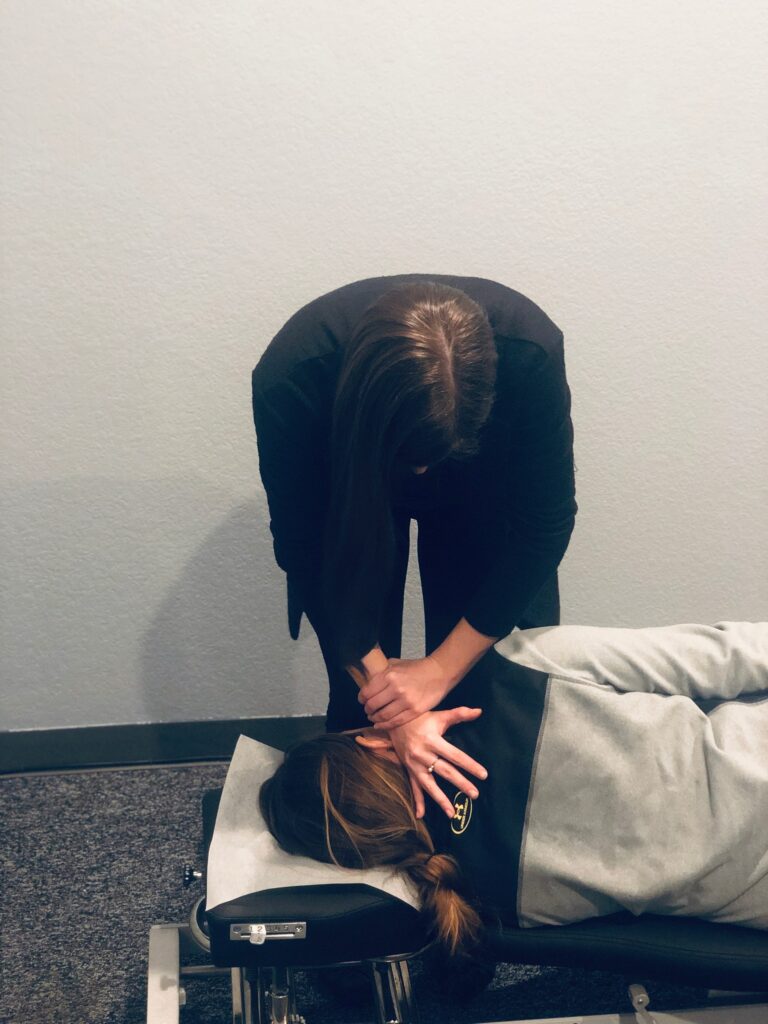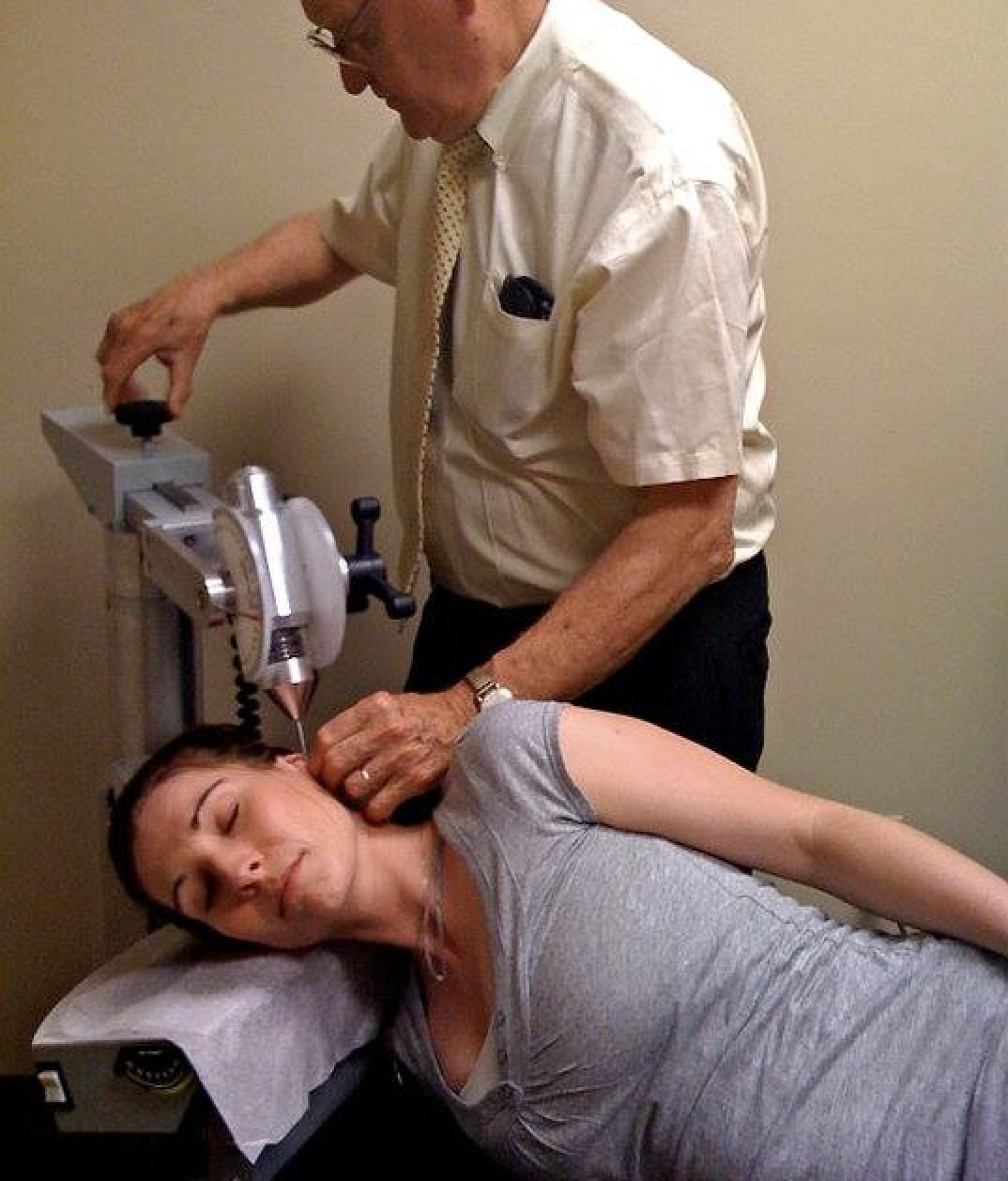Blair, NUCCA, Atlas Orthogonal (AO), Knee Chest...
What's The Difference?
Think of "Upper Cervical Care" as the umbrella term, while the following techniques are different applications of upper cervical correction given.
All techniques have the same objective: to align the first bones in the neck with the skull so signals can pass freely between the two.

Blair upper cervical is considered light force and is done on a side-lying table. Upper Cervical adjustments are delivered by hand, uses a protractor as a precision guide, and a drop table is used to speed up the adjustment and to absorb the force. CBCT 3D imaging analysis is the gold standard for Blair upper cervical. Dr. Coblish and Dr. Ryan both perform this technique primarily.

NUCCA upper cervical is considered light force and is done side-lying similar to the Blair position. Neck adjustments are delivered by hand, with a slow sustained force without the use of a drop table. Analysis is primarily x-ray. Dr. Coblish utilizes this technique for patients with instability, PTSD, or those who respond better to lighter force.

Atlas Orthogonal (AO) upper cervical is considered light force and is done side-lying using a special table and the adjustment is delivered via the atlas orthogonal percussion instrument. Analysis is primarily x-rays. This office does not have this instrument in office, however we utilize the activator in these cases and accept AO transfers all the time and patients do very well with transitioning.

Knee Chest upper cervical is considered high force, neck adjustments are delivered by hand, while patients are on their knees with their chest and neck placed on a table. Analysis and adjustments typically C1 and C2, and analysis is primarily x-ray. Dr. Ryan has significant training in this technique and utilizes it for those who have benefited from it in the past.

